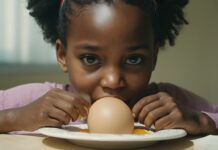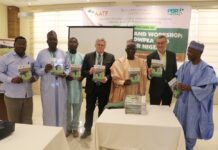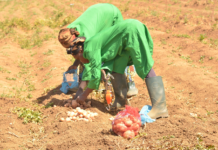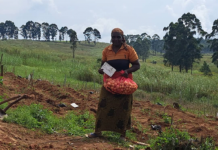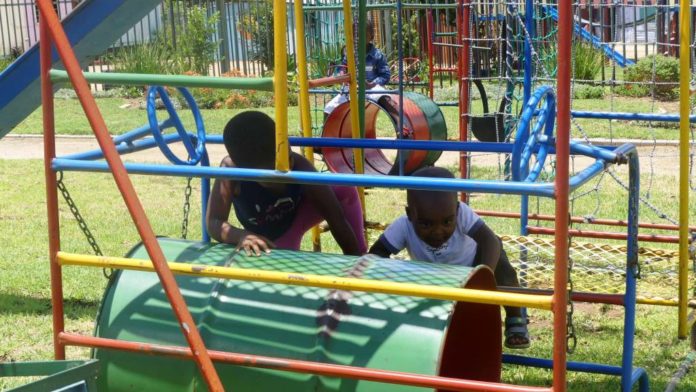by Judd-Leonard Okafor, taken from Daily Trust
Telling stories is an important part of life—and has the most lasting impact on your child’s brain.
Imagine that moment your kid listened to her grandmother tell a story by moonlight, or watched “Tales by Moonlight”. Notice the perfect silence and rapt attention that descends like magic is in the air.
It is not magic; it is neurology.
And a growing body of science is showing employing the right storytelling skills can help children activate their imagination, light up their brain and get on the pathway to better intelligence.
Songs and stories strongly relate to each, but they also have capacity to “boost brain development, increase vocabulary and promote future academic success,” writes Shelly Cooper in the journal Sage.
The trick is in the science of the brain. A region of the brain called Wernicke’s or Broca lights up when you are told facts (like this one). This region processes data.
But when you are told a story, the regions of the brain that light up are those that would respond if you were inside the story—the sensory cortex. That’s what a study at Princeton University has found.
So when the tortoise smells cooking beans, your olfactory cortex responds to the smell of beans cooking. Even more impressive is that the brains of both the storyteller and the listener light up in sync.
It is about something called mirror neurons—brain cells that respond when we do something or see someone else doing the same thing. Think how someone around you yawning can make you yawn too.
Benefits not lost
Crafting a good story takes skill and some science. But the benefits are not lost on children.
The Tales by Moonlight model is quite different from parking your kid in front of a DVD watching baby videos and cartoons.
A study of infants aged up to two years each hour per day of viewing baby DVDs and videos among children aged between eight and 16 months was associated with a 16-point decrease in their ability to comprehend or produce vocabulary, gestures and grammar.
And watching the videos with your child doesn’t make any significant difference.
Sounds and the structures of both reading and singing give young children pathways to advance language skills, increase memory and promote emerging literacy.
“They both provide multiple opportunities for engaging in reciprocal vocalizations while simultaneously immersing children in the structure, rhythms, rhymes, and melodic patterns of language,” says Cooker.
Active participants
Children are active participants in how they acquire language, says Katherine Speaker, author of “Storytelling: enhancing language acquisition in young children”.
They learn language patterns while interacting with other children and adults.
Complexity in vocabulary and syntax development is more advanced in children frequently exposed to a variety of stories.
And a handful of projects are opening to offer varieties to children, comprising play, listening and reading.
Nal’ibali is South Africa’s reading-for-enjoyment campaign to spark children’s potential through storytelling and reading.
The word is isiXhosa for “here’s the story”—and there’s plenty of it, drawn from typical lives of South Africa’s children in same way as the “tortoise” stories dominate much children’s playtime stories in African folklore.
In community reading clubs, minders read to children and parents pick up at home.
Parents read to as children easily sustain the tradition. Otherwise, it is sticky situation for parents who were never read to as children themselves, but many get going once they get the hang of it.
A major point is to let children role-play what they are reading or is being read to them. It is all in the imagination, says Bongile Mtolo.
Adults know what a tree looks like, for instance. But a child’s version of a tree might be so preposterous; it is unbelievable to an adult. Let them stick to their idea of a tree, Mtolo insists.
“Say you watch a cartoon and a character falls off a cliff, heads straight down—and just inches from splattering on the ground, it stops in the air. An adult would be go, ‘what! I’m changing the channel’, but for a child that entire scene is possible. Anything is possible for them. And when they believe that, nothing is too much for them to achieve.”
This story was first published on Daily Trust



